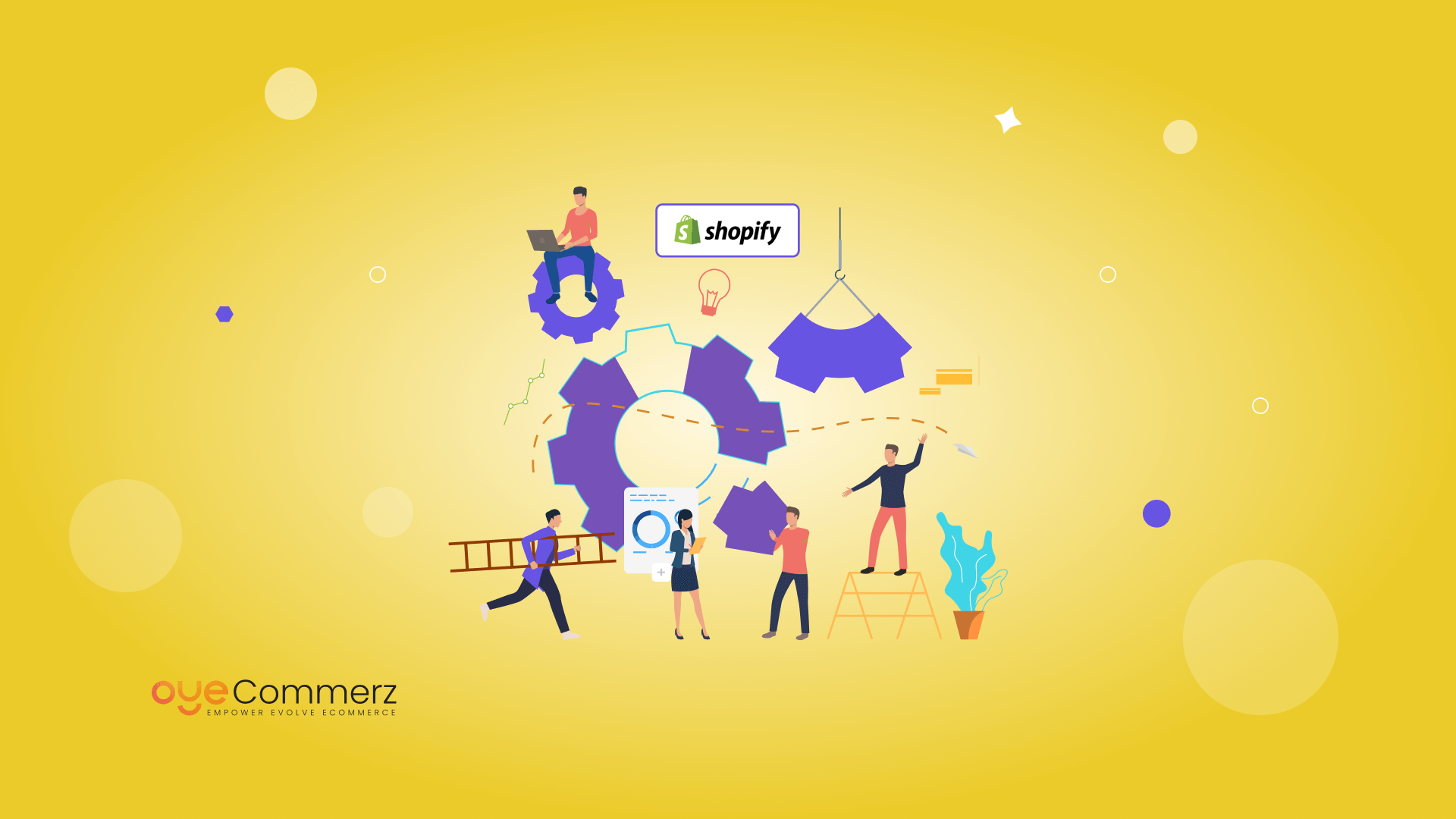
Overview
In the current intense e-commerce market, Shopify sellers are always looking for strategies to increase revenue and optimize their workflow. A highly effective approach is through custom Shopify applications tailored to address individual operational goals. Connecting with the Shopify API and leveraging resources like the Polaris design system, these solutions equip businesses to scale efficiently while improving user interaction. In this blog, we’ll discuss key aspects of Shopify app-building, from design factors and essential features to effective methods for supporting and expanding app capabilities efficiently.
1. Grasping Shopify API Linkage
A solid grasp of Shopify’s API—involving Representational State Transfer and GraphQL—is key for building robust Shopify applications. With these interfaces, developers can fetch, modify, and administer information within a Shopify site. The Graph Query Language interface offers efficient information processing, allowing for speedier outputs by fetching only the required information. Linking to the API permits developers to adapt app capabilities to the company’s unique needs, ensuring a integrated customer interaction that improves operational effectiveness and sales.
2. Employing the Polaris Design System
Shopify’s Polaris framework assists programmers to design a unified and easy-to-use interface across Shopify apps. Polaris gives a suite of components and best practices that align with Shopify’s visual standards, allowing apps appear cohesive within the Shopify interface. This method doesn’t just aids smooth app navigation but also contributes to preserve brand consistency, an critical factor in building confidence with users.
3. Building within the Shopify App Ecosystem
The Shopify app ecosystem is extensive, enabling programmers to build built-in Shopify apps that function in a shop's control interface. Embedded apps simplify the interface by incorporating directly within Shopify’s platform, eliminating the necessity for separate logins or additional navigation. For developers, employing Node.js for backend tasks and React.js for the UI has grown into a favored approach, as these frameworks allow expandable, adaptive applications that deliver an optimal user experience.
4. Essential Features for Shopify Applications
A successful Shopify application must have capabilities that address key challenges in the digital sales process. Real-time alerts for immediate alerts, bespoke design customization options, and omnichannel retailing features are essential elements that can improve business oversight and customer engagement. By implementing these features, Shopify applications go beyond simplify internal operations but also enhance the shopper's journey.
5. Best Practices for Application Building
When building Shopify apps, it’s important to adhere to standard guidelines. App maintenance strategies such as consistent improvements, customer support, and security patches are vital for building user trust. Online visibility strategies for Shopify applications can also be utilized to boost app visibility and adoption. User retention strategies, such as prompt messages and incentive plans, are important for retaining users and fostering a loyal customer base.
6. Scaling Shopify Apps for Future Demand
As Shopify stores expand, expanding app capabilities becomes essential to accommodate greater usage and feature requests. Leveraging cloud-based setups and focusing on data management through GraphQL can help applications grow without lagging. It’s equally important to have a plan for growing the app’s framework to manage growth, that involves a guide for finding a app builder with background in Shopify applications.
7. Examining the Investment of Developing Shopify Apps
Developing personalized Shopify applications can vary significantly in price depending on the features, connections, and customization required. Fundamental features like backend linkages, client-facing features, and digital marketing capabilities can increase expenses. However, the profit potential is often worthwhile, as these apps can directly boost profits and simplify business processes.
8. Upkeep Approaches
Maintaining an app is equally necessary as creating it. Ongoing improvements to address bug fixes, improve security, and ensure compatibility with the current Shopify framework are key. Planned support measures also feature client help and additional improvements that align with evolving e-commerce trends.
9. Resources for Developing Shopify Apps
Shopify offers a variety of resources to simplify the development process, from app development frameworks like Node.js and React to automated notifications for real-time updates. essential Shopify app tools Platforms including Shopify’s CLI enhance the development workflow, while Shopify App Bridge enables embedded apps to interact seamlessly with Shopify’s control panel. These resources are essential for creating apps that are both functional and intuitive.
10. Emerging Trends in Shopify App Creation
The outlook of Shopify app creation is exciting, with new Shopify app development directions pointing towards artificial intelligence capabilities, enhanced omnichannel capabilities, and new application add-ons. As e-commerce continues to evolve, programmers will have to keep up with new directions to develop solutions that don’t just satisfy but surpass customer needs.
Summary
Personalized Shopify software offer a strategic solution for online stores to scale efficiently, drive profits, and enhance workflows. From connecting with data interfaces and the design standards to core elements and maintenance strategies, all factors of Shopify application building plays a crucial role in delivering a seamless interaction for customers. As Shopify moves forward, staying ahead of emerging directions in software building will help organizations maximize Shopify’s extensive platform, strengthening their place in the digital retail industry.